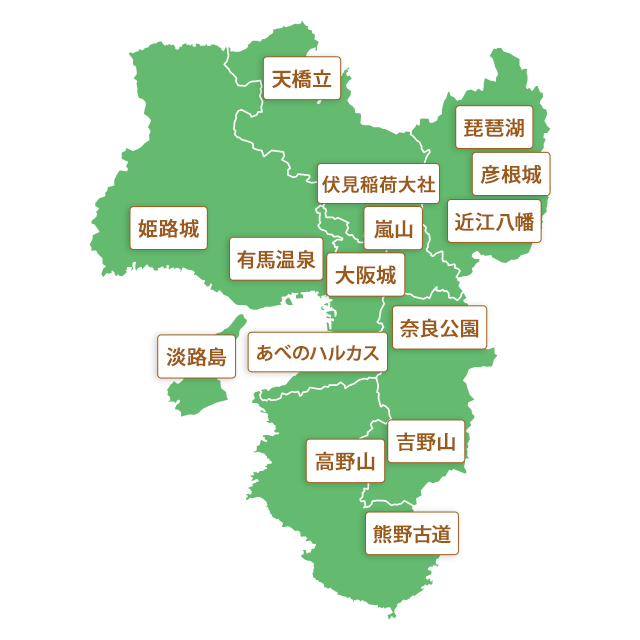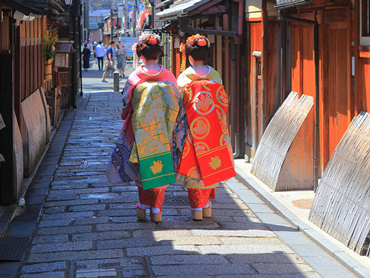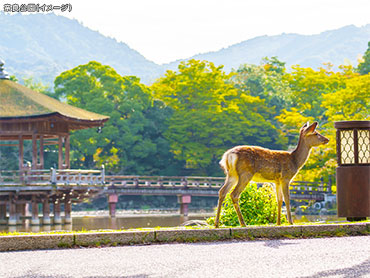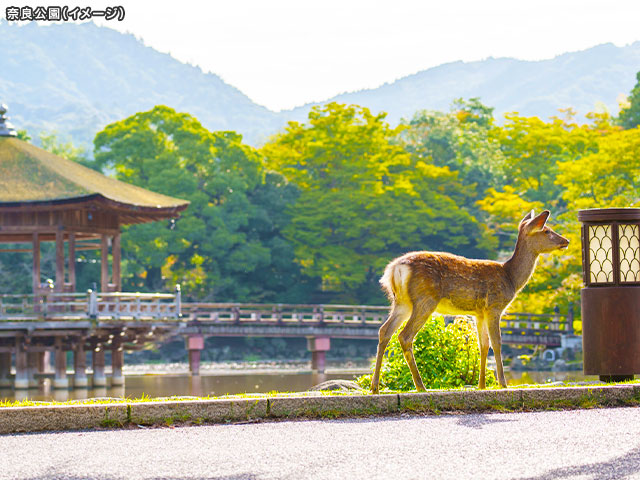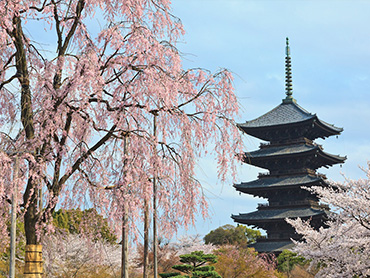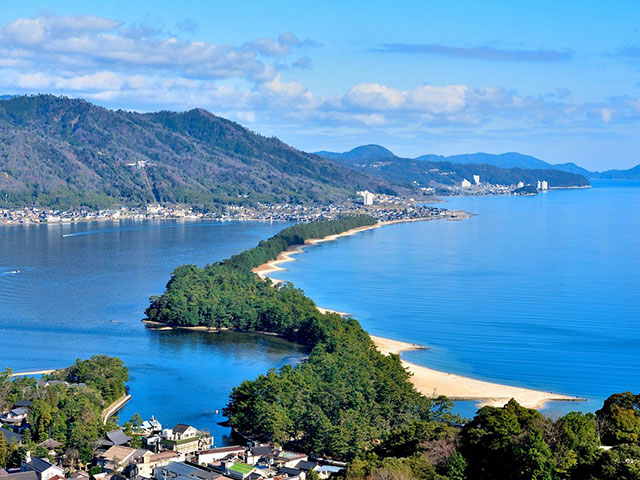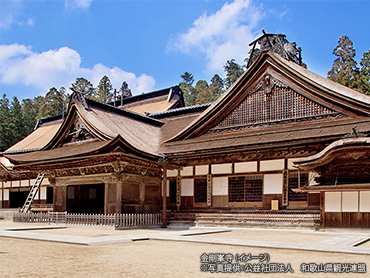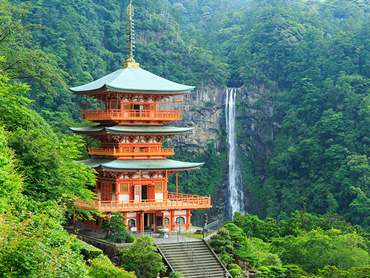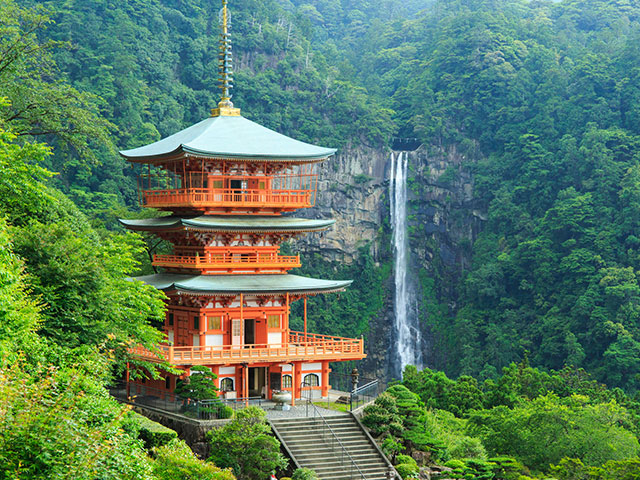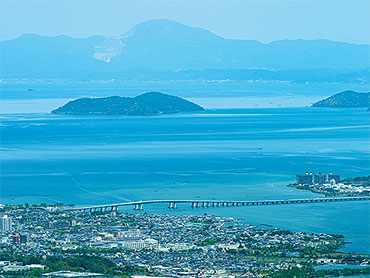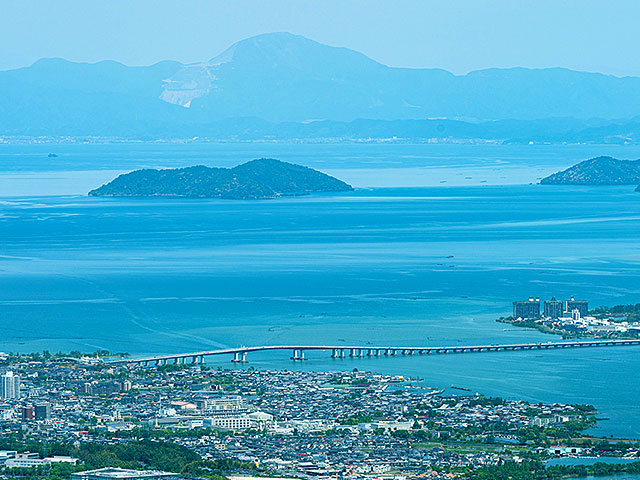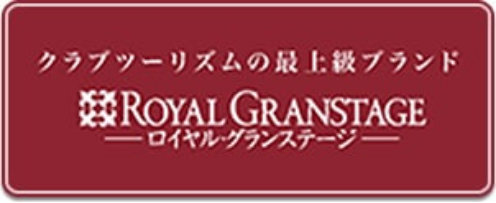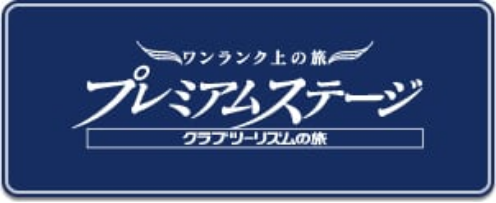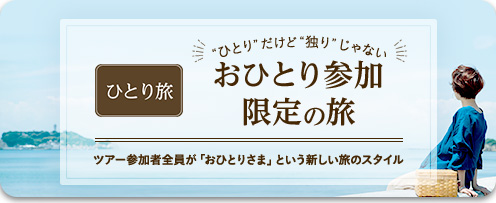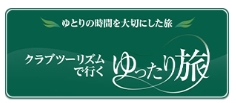Kansai area (Osaka, Kyoto, Nara, Wakayama)
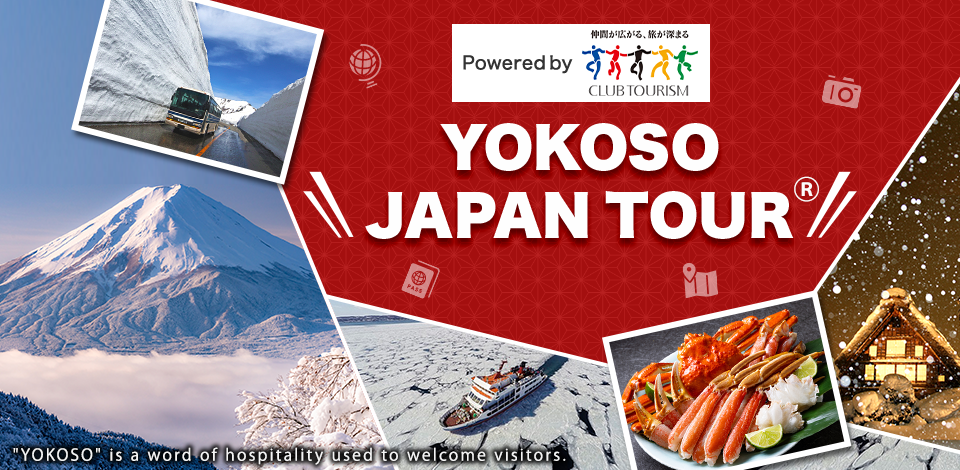
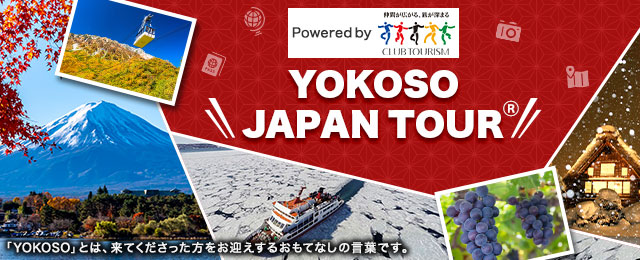
YOKOSO JAPAN TOUR offers exclusive tours within Japan, open to travelers from around the world. Bookings are available in English and Chinese, with no need to provide Japanese addresses or phone numbers. We offer thousands of options, from day trips to overnight packages, showcasing Japan’s hidden gems. These tours are carefully crafted and operated by Club Tourism, experts in revealing Japan's deep and captivating charms.
-
Hokkaido area (Sapporo, Hakodate, drift ice, Kushiro, Rishiri-Rebun, Shiretoko)
-
Tohoku area (Sendai, Oirase Stream, frost-covered trees, Aomori)
-
Koshinetsu/Hokuriku area (Tateyama Kurobe Alpine Route, fruit picking)
-
Kanto area (Tokyo, Nikko, Hakone, Kawagoe, Hitachi Seaside Park)
-
Chubu/Tokai area (Nagoya, Izu, Kawazu cherry blossoms, Shirakawa-go)
-
Kansai area (Osaka, Kyoto, Nara, Wakayama)
-
Chugoku/ Shikoku area (Hiroshima, Okayama, Kochi, Dogo Onsen, Shimanami Kaido)
-
Kyushu and Okinawa area (Hakata, Beppu, Kumamoto, Kagoshima, Yakushima, Naha)
日本當地參團使用的優惠券熱發中
購買旅游商品金額
6,000日元以上優惠1,000日元 (優惠券代碼:YKS20251001)
20,000日元以上優惠2,000日元 (優惠券代碼:YKS20252001)
※結算時輸入編碼自動應用
【註意】 本優惠券日本人及居住在日本的外國國籍人士不能使用
Search for Tours by Criteria
Popular spots and highlights
Recommended Tours
Kyoto
Nara
Koyasan
Kinosaki Onsen
Wakayama
Best time to visit calendar
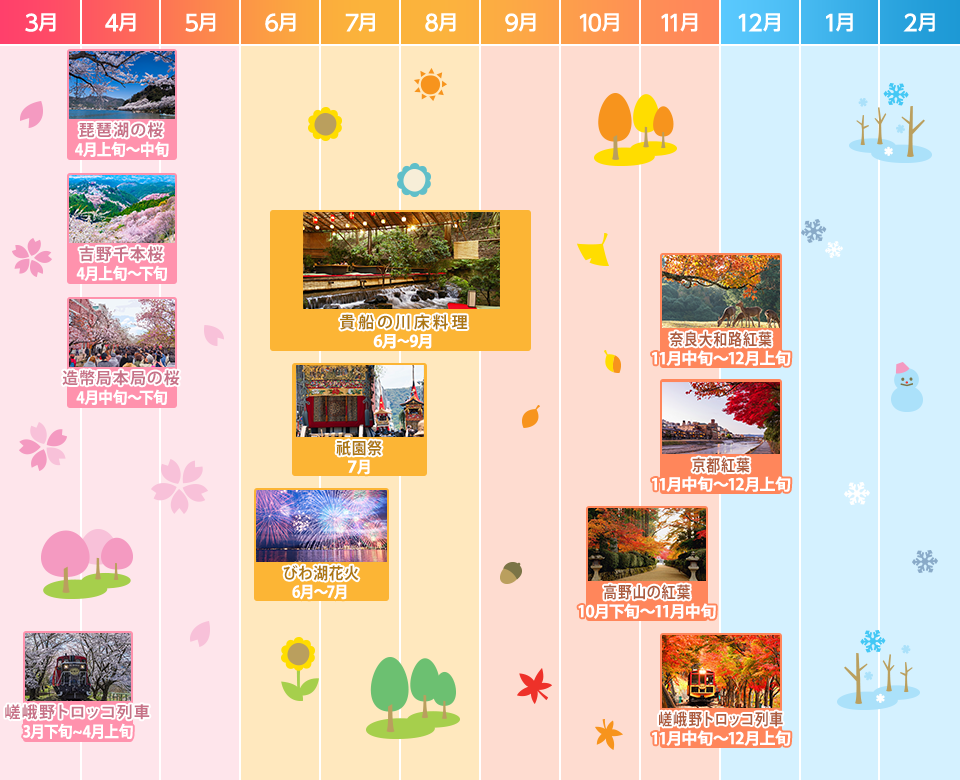

Related Features
-
Hokkaido area (Sapporo, Hakodate, drift ice, Kushiro, Rishiri-Rebun, Shiretoko)
-
Tohoku area (Sendai, Oirase Stream, frost-covered trees, Aomori)
-
Koshinetsu/Hokuriku area (Tateyama Kurobe Alpine Route, fruit picking)
-
Kanto area (Tokyo, Nikko, Hakone, Kawagoe, Hitachi Seaside Park)
-
Chubu/Tokai area (Nagoya, Izu, Kawazu cherry blossoms, Shirakawa-go)
-
Kansai area (Osaka, Kyoto, Nara, Wakayama)
-
Chugoku/ Shikoku area (Hiroshima, Okayama, Kochi, Dogo Onsen, Shimanami Kaido)
-
Kyushu and Okinawa area (Hakata, Beppu, Kumamoto, Kagoshima, Yakushima, Naha)
オンラインで気軽に旅行相談
Customer Co-Creation Activities
Latest Tours and Information
Club Tourism Travel Brand
Overseas Travel
Club Tourism Internet Membership Information
-
A wide range of services exclusively available to members
-
Search for trips anytime, anywhere!
-
Be the first to know about the best seasonal travel deals!




